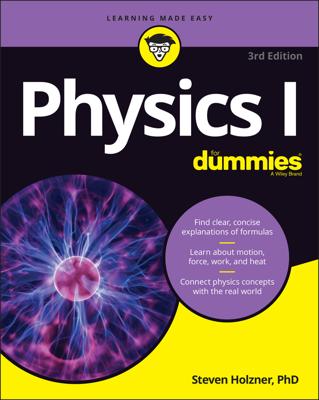String theory was originally developed in 1968 as a theory that attempted to explain the behavior of hadrons (such as protons and neutrons, the particles that make up an atomic nucleus) inside particle accelerators. Physicists later realized this theory could also be used to explain some aspects of gravity.
For more than a decade, string theory was abandoned by most physicists, mainly because it required a large number of extra, unseen dimensions. It rose to prominence again in the mid-1980s, when physicists were able to prove it was a mathematically consistent theory.
In the mid-1990s, string theory was updated to become a more complex theory, called M-theory, which contains more objects than just strings. These new objects were called branes, and they could have anywhere from zero to nine dimensions. The earlier string theories (which now also include branes) were seen as approximations of the more complete M-theory.
Technically, the modern M-theory is more than the traditional string theory, but the name “string theory” is still often used for M-theory and its various offspring theories. (Even the original superstring theories have been shown to include branes.) Theories that contain branes, which are variants of M-theory and the original string theories, are also referred to using the term “string theory.”

